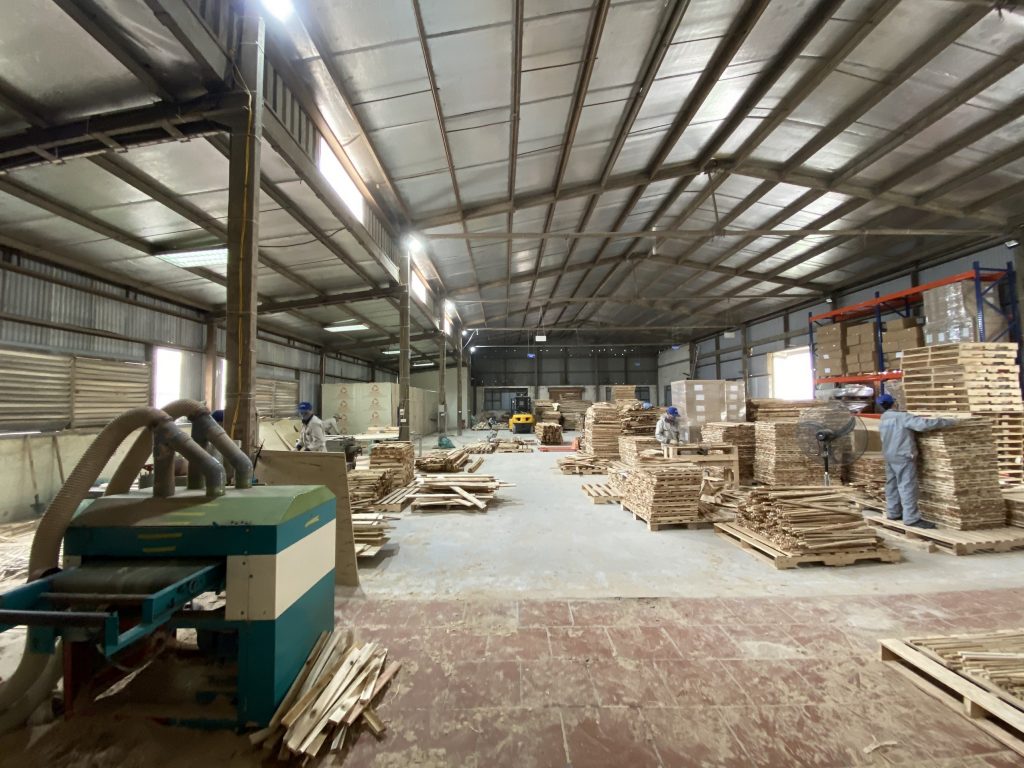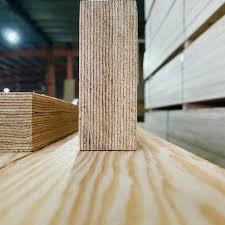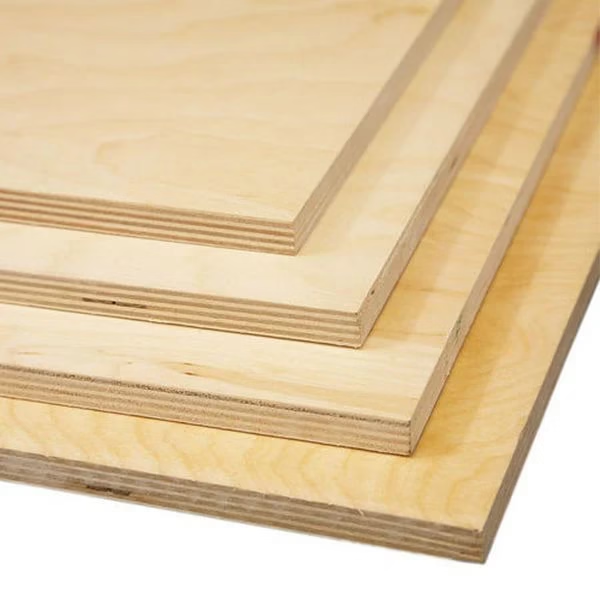Insight
The history of wooden crates and shipping boxes
Wooden crates and shipping boxes have been integral to the transportation and protection of goods for centuries. Their evolution mirrors the development of trade and commerce, adapting to the changing needs of industries and economies.
Early Origins
The use of wood for containers dates back to ancient civilizations. Early humans utilized logs and hollowed-out trees to transport and store goods. As woodworking skills advanced, these containers evolved into more sophisticated boxes and crates.
During the Middle Ages, wooden crates and boxes became essential for transporting goods across vast distances. The Hanseatic League, a powerful trading alliance, relied heavily on wooden containers for their maritime trade. These crates were often reinforced with metal bands to withstand the rigors of sea travel.
The Industrial Revolution and Beyond
The Industrial Revolution marked a significant turning point for wooden crates and boxes. With the rise of mass production and global trade, the demand for sturdy and reliable packaging solutions soared. Wooden crates became the primary method for transporting goods by ship, train, and wagon.
As transportation networks improved, so too did the design and construction of wooden crates. Innovations in woodworking techniques and the introduction of standardized sizes led to greater efficiency and cost-effectiveness.
The 20th Century and Beyond
The 20th century witnessed the emergence of alternative packaging materials, such as corrugated cardboard and plastic. While these materials gained popularity, wooden crates continued to be used for heavy-duty and specialized applications.
In recent years, there has been a renewed interest in wooden crates and boxes due to growing concerns about sustainability and the environmental impact of plastic packaging. Additionally, the demand for custom-made wooden crates for high-value products has increased.
Wooden Crates in the Modern World
Today, wooden crates and boxes remain an essential component of the packaging industry. They are used for a wide range of products, including electronics, machinery, and food. While modern production methods have streamlined the manufacturing process, the core principles of strength, durability, and protection remain unchanged.
The history of wooden crates and shipping boxes is a testament to the versatility and resilience of wood as a packaging material. From their humble beginnings as simple containers to their role in modern global supply chains, wooden crates have played a vital part in the development of commerce and trade.









